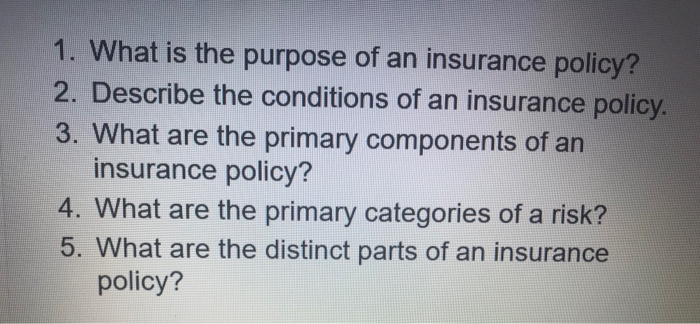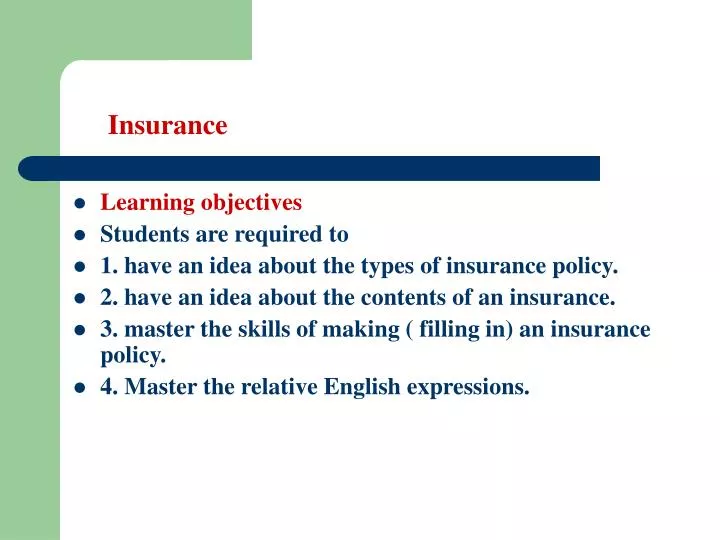Pacific Prime Fundamentals Explained
Table of ContentsIndicators on Pacific Prime You Should KnowMore About Pacific PrimePacific Prime - TruthsOur Pacific Prime Statements
In the majority of states, the insurance company is called for to send you a copy of the modifications to your plan. It is vital that you read Endorsements or Riders so you understand how your plan has transformed and if the policy is still appropriate to meet your needs. To acquire a copy of your insurance plan, please call your insurance coverage representative or firm.
The Institute of Medication (IOM) Committee on the Effects of Uninsurance launches an extended assessment of evidence that addresses the significance of medical insurance coverage with the magazine of this report. Protection Matters is the very first in a collection of 6 reports that will be provided over the next two years recording the fact and consequences of having an estimated 40 million individuals in the USA without health insurance policy protection.

Pacific Prime - Questions
The goal of this collection of studies is to refocus policy interest on a longstanding trouble. Following the lengthiest financial expansion in American background, in 1999, an approximated one out of every six Americans32 million adults under the age of 65 and even more than 10 million childrenremains without insurance (Mills, 2000).

10 percent of the populace represent 70 percent of healthcare expenses, a connection that has stayed consistent over the past 3 years (Berk and Monheit, 2001) - global health insurance. Therefore medical insurance continues to offer the function of spreading out risk also as it significantly funds routine treatment. From the perspective of health treatment carriers, insurance policy brought by their people assists protect a revenue stream, and communities profit from financially viable and steady wellness treatment professionals and organizations
Government supplies medical insurance to populations whom the private market might not offer efficiently, such as disabled and senior citizens, and populations whose accessibility to health and wellness care is socially valued, such as youngsters and expecting ladies. The ultimate ends of wellness insurance policy protection for the individual and communities, consisting of office areas of staff members and employers, are enhanced wellness end results and quality of life.
Pacific Prime - Questions
Workers rate medical insurance first by much in significance among all the advantages used in the workplace (Salisbury, 2001). There have actually been large investments of personal and public funds to supply wellness insurance policy, numerous individuals still have no protection. In spite of comprehensive reporting of study searchings for and healthcare study results, the public stays baffled and misinformed regarding Americans without wellness insurance policy and the ramifications of lacking protection.

Without inquiry, the intricacy of American healthcare funding systems and the riches of sources of info include to the public's complication and apprehension concerning wellness insurance coverage data and their interpretation. This report and those that will comply with purpose to boil down and offer in readily understandable terms the comprehensive research study that bears upon concerns of health and wellness insurance policy protection and its relevance.
Fifty-seven percent of Americans questioned in 1999 believed that those without medical insurance are "able to get the care they need from doctors and medical facilities" (Blendon et al., 1999, p. 207). In 1993, when national attention was concentrated on the troubles of the without insurance and on pending wellness treatment regulations, just 43 percent of those surveyed held this belief (Blendon et al., 1999).

They likewise get fewer preventive services and are much less most likely to have routine take care of chronic conditions such as high blood pressure and diabetes mellitus. Persistent illness can result in expensive and disabling problems if they are not well handled (Lurie et al., 1984; Lurie et al., 1986; Ayanian et al., 2000). One national survey asked even more than 3,400 grownups concerning 15 very serious or dark problems.
The smart Trick of Pacific Prime That Nobody is Talking About
Additional evidence exists later in this chapter in the conversation of insurance and accessibility to healthcare. https://www.imdb.com/user/ur179624537/. People without health and wellness insurance are young and healthy and balanced and pick to go without coverage. Nearly half (43 percent) of those checked in 2000 believed that people without health insurance coverage are most likely to have illness than individuals with insurance coverage
Citizens and plan manufacturers in focus group conversations define those without insurance policy as young people that have the chance to be covered and feel they do not require it (Porter Novelli, 2001). Compared to those with a minimum of some private protection, the without insurance are less likely to report remaining in excellent or excellent health (Company for Medical Care Research and High Quality, 2001).
RESOURCE: Facility for Price and Financing Studies, Company for Health Care Research and Top quality, based upon MEPS data. Young person in between 19 and 34 are even more likely to lack medical insurance than any other age. This is chiefly since they are less typically qualified for employment-based insurance due to the nature of their job or their short tenure in it.
The perception that people without click here for more insurance have better-than-average health and wellness complies with from puzzling the fairly young age profile of the uninsured with the much better health and wellness, generally, of younger persons. This obscures the web link in between wellness standing and medical insurance. For those without access to workplace medical insurance, bad health and wellness is a prospective barrier to purchasing nongroup coverage because such insurance coverage might be extremely priced, exclude pre-existing problems, or be just not available.